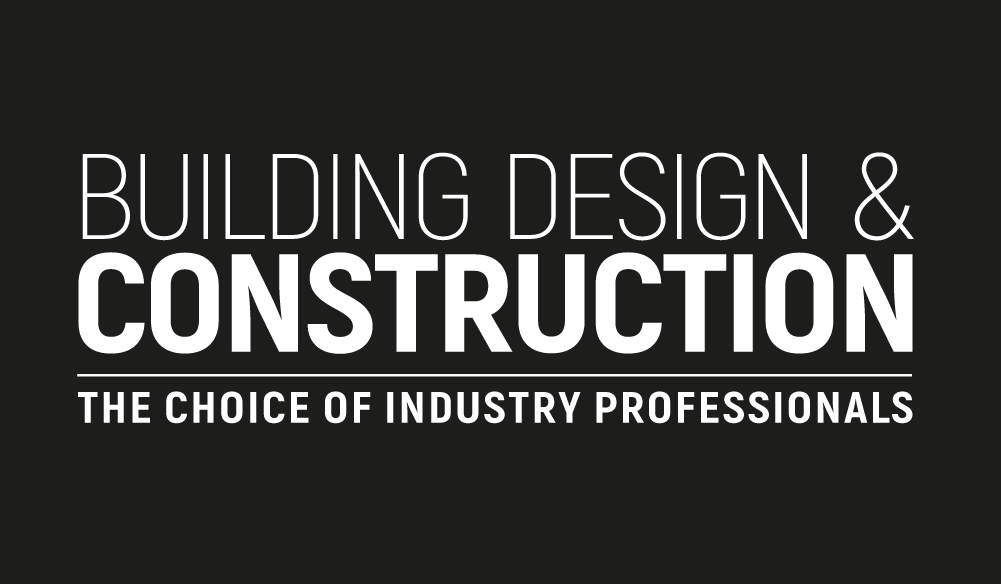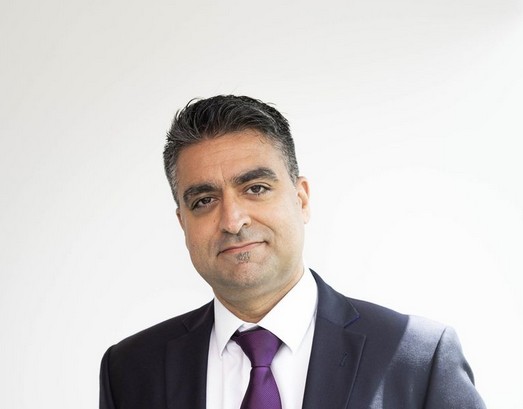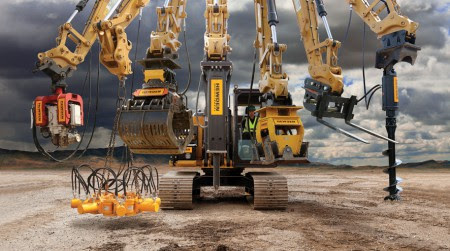As the doors to the UK’s biggest event for the built environment prepare to open, building safety will be high on the agenda at this year’s UK Construction Week (UKCW) Birmingham. With a wide range of exhibitors and a dedicated programme of talks, the award-winning show will spotlight best practice, compliance and the importance of meeting the highest safety standards, as well as ensuring the safety of the buildings under construction. Leading voices in the construction industry will be sharing their expertise and the latest regulatory updates, including fire safety; product regulation; working at heights; and Digital Skills Passports for workers. Taking place at the NEC from September 30th to October 2nd, UKCW Birmingham will be a bustling networking hub for all tier 1 and tier 2 contractors; housebuilders and developers; local authority and housing associations; architects; buyers and procurement experts. To help attendees get the most out of the show, UK Construction Week has launched its handy web-based app. Visitors can quickly build a personalised itinerary of talks, book meetings and navigate the floorplan all from the palm of their hand. The programme of talks on building safety includes: Tuesday September 30th Product Safety and Standards: Next Steps in Regulatory Reform Main Stage, 12.20pm With the Green Paper consultation period concluded, this session offers a timely look at the future of construction product regulation. Featuring insights from the CCPI, Construction Products Regulator and senior voices from MHCLG as well as major product users, the panel will explore what reforms are coming, how the industry should prepare, and what it means for accountability, responsibility, and compliance. Join us for a critical discussion on rebuilding trust and raising standards across the construction product supply chain. Speakers: ● Amanda Long, CEO, Code for Constructions Products Information ● Duncan Johnson, Deputy Director – Construction Product Regulation, Office for Product and Safety Standards ● Gary Neal, Head of Fire Risk Management, Skanska ● Louise Barr, Deputy Director – Construction Products Reform, Ministry for Housing, Communities and Local Government Post-Grenfell: Turning Regulation into Reality – One Year On Roofing, Cladding & Insulation Hub, 1.15pm A year after the final phase of the Grenfell Inquiry, the construction sector is moving from reflection to implementation, as new regulations reshape responsibilities, competency frameworks, and safety culture. This session offers updates on legislative progress, enforcement, and how businesses are adapting on the ground to meet the demands of integrity and accountability. Speakers: ● Kevin McKeown, Chartered Fire Engineer, Pillar Fire ● Paul Scott, Partner, Trowers & Hamlins LLP ● Rachael Hobbis, Partner & Head of Birmingham Office, Trowers & Hamlins LLP ● Richard Cymler, Director Registered Building Inspector Class 4 3G/H Technical Manager & Specialist Building Inspector RBCP04038R1D at Sweco Building Control Limited Wednesday October 1st Competence in Construction: The Role of CSCS cards and the Digital Skill Passport Culture Change & Skills Hub, 10.30am As expectations around safety, transparency, and accountability grow, workforce competence is becoming a central focus in construction. This panel will explore how the industry is defining, measuring, and demonstrating competence at every level, and the practical steps being taken to meet these evolving demands. It will also examine how digital tools like Digital Skills Passports and smart verification systems are transforming the way capability is evidenced across sites. Speakers: ● Charlotte Brumpton-Childs, National Officer, GMB Union ● Colin Marrs, Editor-in-Chief, Construction News ● Faye Burnett, Super Sector Programme Director, Mace ● Mark Blundy, Group Director Health & Safety, Bowmer & Kirkland Group Raising the Standard: Improving Process Control in Roofing, Cladding, and Insulation Roofing, Cladding & Insulation Hub, 11.30am Roofing, cladding, and insulation installations often face challenges due to inconsistent processes, unclear guidance, and a lack of shared understanding across the supply chain. This session will highlight how adopting structured methodologies – such as Construction Product Quality Planning (CPQP) – can improve quality, safety, and confidence in delivery. Drawing on real-world examples, we’ll explore how manufacturers and contractors can work together to embed clarity, consistency, and accountability at every stage of the build. Speaker: ● Krish Parmar, CEO, Elevate Building Safety Thursday 2 October The Building Safety Act and Low-Rise Housing: Clarity, Compliance, and Consequences Roofing, Cladding & Insulation Hub, 11.50am While the Building Safety Act has largely focused on high-rise buildings, its implications for low-rise developments are increasingly coming into focus. This panel will unpack what the Act means for low-rise residential projects – from design accountability and compliance to resident engagement and duty-holder responsibilities. Join experts from across the sector to explore how to navigate these changes and ensure proportionate, practical implementation that doesn’t stall delivery. Speakers: ● Huw Wilkins, Senior Associate, Fenwick Elliot LLP ● Krish Parmar, CEO, Elevate Building Safety ● Nia Stewart, Partner, Burges Salmon LLP ● Olivia Jenkins, Senior Associate, Trowers & Hamlins LLP ● Tom Weller, Head of Group Building Safety, Persimmon Homes Working at Height – Risks and Compliance Roofing, Cladding & Insulation Hub, 1.30pm Discussion around the risks of working at height, the associated statutory requirements and how standards and training drive competency, safety and compliance. Speaker: ● Mark Collinson, Head of Technical, National Access & Scaffolding Confederation (NASC) Neil Gaisford, Divisional Director, Construction, commented: “As new legislation and regulations demand greater accountability, the focus on building safety could not be more important. At UK Construction Week (UKCW), we provide a platform to ensure safety remains at the heart of every project and corner of the construction industry.” UKCW Birmingham attracts visitors and exhibitors from across the globe, and will showcase a host of international exhibitors from the likes of China, Czech Republic, France, Germany, Italy, Poland, and Turkey. Amongst those already confirmed are Lanes Group; Build Warranty; Reader Cement; Unibond; Xpedeon; Cure It Composites; Don & Low; Metador; and Licata. Alongside over 300 leading brands from around the world, UKCW Birmingham will feature 200 speakers and over 150 hours of CPD accredited seminars and talks across five stages. To register for UKCW Birmingham for free, visit https://forms.reg.buzz/ukcw-birmingham-2025/cab-pr To download the show app, visit











